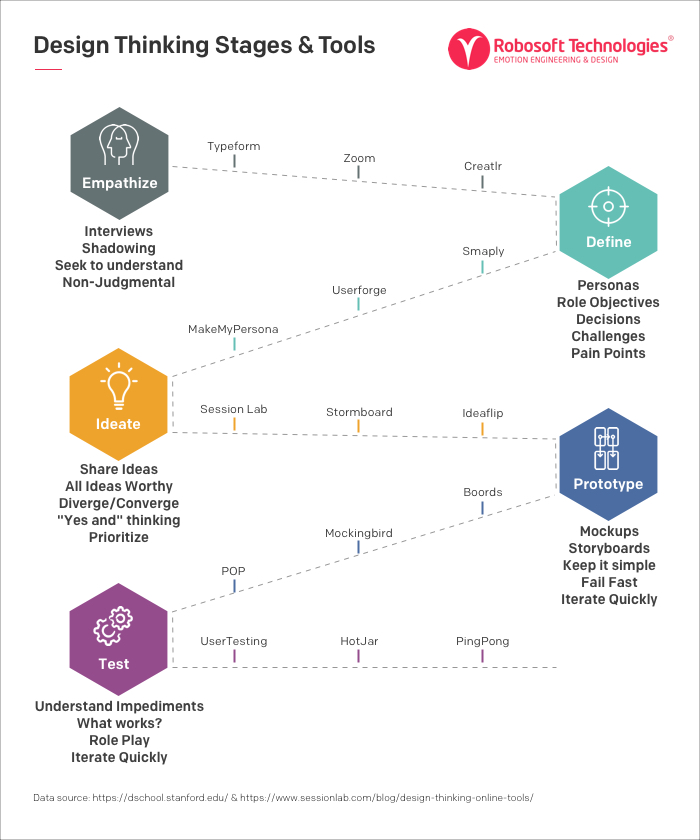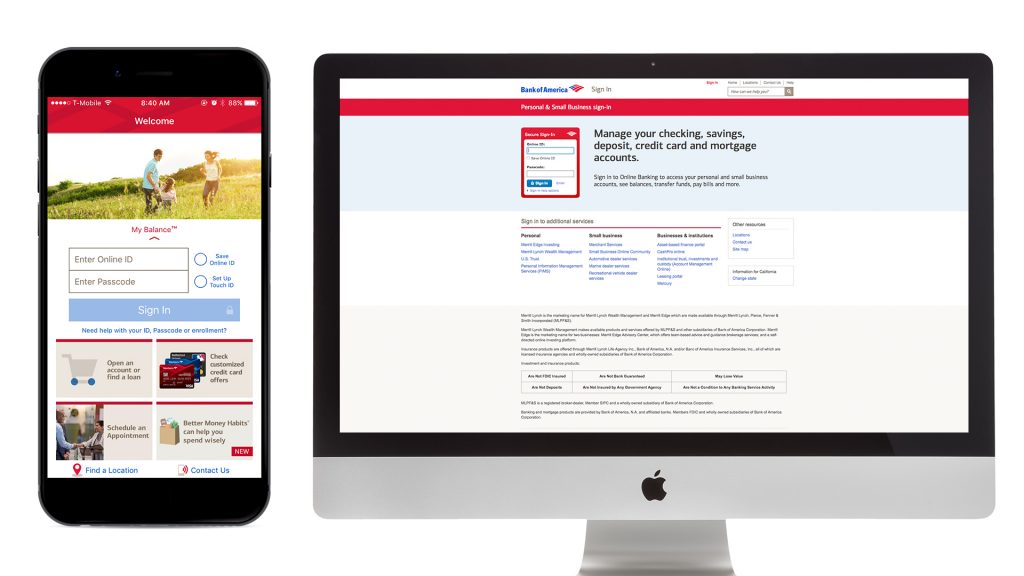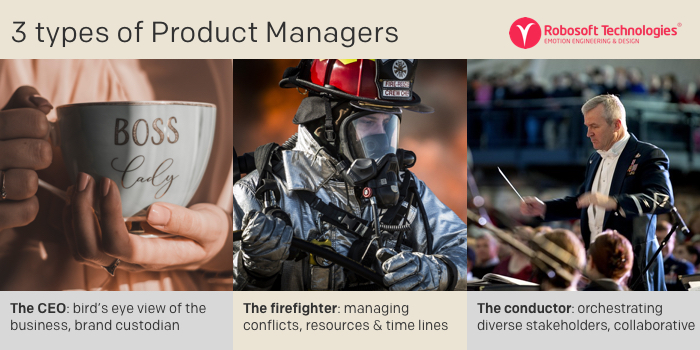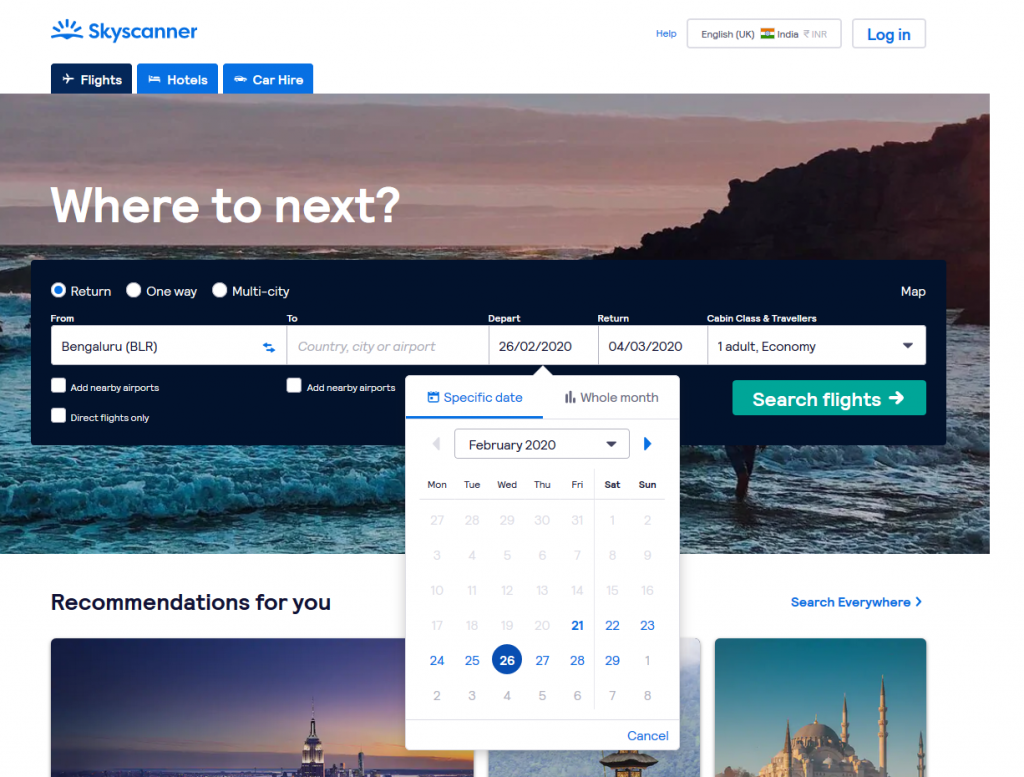The COVID-19 pandemic is expected to impact the world like never before. A key transformation is underway in pushing all of us to embrace change in the way we live and work. Old norms and ways of working will give way to a new normal. It is clear that digital will be at the core of the social distancing era. Digital solutions and platforms will be the key enablers of business continuity helping enterprises in adapting to the rapidly changing needs of their customers, while they focus on mitigating business and operational challenges.
Once the threat of the epidemic has passed, businesses will have to look at innovative ways to address the change in customer behavior and the impact of design and technology in shaping and enhancing customer experiences. To rise above these challenges, enterprises must rethink their digital strategy on multiple dimensions.
Focus on customer acquisition, servicing, retention, and lifetime value with a personalized and human approach, keeping customer behavior and aspirations in mind. The emphasis will be on adding value and not merely push products or services.
- Make the services available anytime & anywhere to the customer’s preferred digital device or channel. Avoid offering unsecured and non-reliable services to customers.
- Digital experiences build an emotional connection by understanding the digital body language. While the design is important, focusing on the human-connect is the key.
- Invest in a future-ready digital platform that aggregates digital assets in the organization to accrue savings over time. Do not pile up applications in silos that are hard to change or maintain.
- Simplify the maintenance of digital assets and improve enterprise productivity via automation of customer interaction and operational processes via DevOps, AI/ML, and RPA. Do not think of maintenance merely as a fraction of the solution cost but as a way to build and foster relationships.
- Gather actionable insights from every conversation, transaction, relationship, complaints, and social sharing to infer customer value and sentiment analysis. Do not view these merely as reports but action points to enhance performance efficiency.
The natural question then is: how do we realize these goals? The answer broadly speaking, is in thinking big and building strategically. Let’s look at some of the steps:
- To begin with, separate Digital from Core via API mediation and think service monetization.
- Embrace open-source technologies and leverage new-age architectures on the cloud.
- Integrate the functions of CDO-CIO-CTO under a unified vision, budget, and success criteria.
- View business applications as a collection of reusable digital assets mashed up to form specific solutions for varied customer segments, business partners, and employees.
Digital shall never be architected in silos as we transition from an industrial economy to the services economy and now towards an experience-driven economy. We are simplifying lives of millions of customers and amplifying business efficiency by moving from physical-only channels like retail, distribution, marketing, support to digital-enabled channels like Web, Social, TV, App, Wearable, bots to conversational multi-modal experiences of blending chat, voice, touch, gesture, vision, augmented reality, gamification at the right moment. Multiexperience is how Gartner describes it urging us to not think about channels, but touchpoints and modalities.
In other words, we should no longer think products, platforms & services, but think about customer needs, customer lifetime value, and customers as brand ambassadors.
The innovation lifecycle shall focus on Product Vision to User Journey Mapping to Micro Interactions to Data-Driven Designs to Microservices to Domain Models to Service Mediation.
To understand what it takes to be a full-service digital enterprise, it is also crucial to understand the role of technology and how modern applications can aid this journey while optimizing performance efficiency and results.
Traditional Software Products vs Modern Applications
There is a paradigm shift when comparing modern applications with traditional software products. Modern applications demonstrate many advanced characteristics that are driven by the user journey and help in addressing the user needs.

While enterprises need to focus on deriving more value from the existing applications, they should also be open to embracing modern applications like microservices that focus on business capabilities, lower complexity, and handle continuous change efficiently.
Key components & benefits with the microservices architecture
Microservices by definition are a set of technology-agnostic services with simplicity, efficiency, maintainability, re-use, separation of concerns, loose coupling, service autonomy, statelessness, and service composability. Unlike the monolithic architecture which is a single-tiered software application, the microservices architecture is based on a collection of interconnected services. They are easier to build and maintain, and focus on business capabilities while enhancing productivity, speed, and scalability.

A fine-grained list of Functional Microservices for an enterprise would encompass:

A fine-grained list of Technical Microservices for an enterprise would encompass:

Microservices architectural patterns address API Patterns, Discovery Patterns, Registration Patterns, Instantiation Patterns, and Systems Patterns, which helps in the realization of API proxy, client and server-side discovery, service and self-service registry, single or multiple service instance per host, virtual machine or container, and message brokering.
And there are various frameworks and tools to choose from:
- Spring Reactor, NGINX, Vertx, Netty, JBOSS Undertow
- Maven 3, Eclipse Luna, Gradle, Grunt
- Docker Hub / Compose
- Nagios, Promithius
- Kong API Gateway
- Memcached, Redis
- Jaeger, OpenShift, Kubernetes, Kafka
- StatsD, Code Hale, Kibana, Graphite, Banana, Datalog
- JSON Web Tokens, API Keys, Oauth, 2FA, NPM
Each microservice is a self-contained entity with distributed architecture, disparate technologies, independent deployment, versioning, and roadmap. The new digital middleware of microservices shall serve a dual purpose. It can merely act as a relay server with optimal business logic and unifies all transactions and service requests to the host system or be the non-core system with all the business logic implemented. The API gateway enables security, identity, monitoring, and traffic management.
Alongside microservices, enterprises must think about micro-interactions with triggers, events, control, state, rules, sequence, feedback, and metadata. Micro-interactions are a combination of actions (like verbs in a sentence) and objects (nouns that operate on verbs), and they must either deliver a signature moment to customers or must satisfy rapid execution of a task or a step in the business process (e.g. user registration, login, product search, payment, feedback).
In 2017, Gartner introduced MASA (Mesh App and Service Architecture) as an architectural model and defined thus:
“Bringing mobile and IoT elements into the app and service architecture creates a comprehensive model to address back-end cloud scalability and front-end device mesh experiences. Application teams must create new modern architectures to deliver agile, flexible, and dynamic cloud-based applications with agile, flexible, and dynamic user experiences that span the digital mesh.”
A conceptual architecture of a full-service digital enterprise may look like this

Aside from technologies, the concept and role of design has had a makeover too. Design is not merely about the look and feel anymore. Design is more about a human-centered problem-solving-approach approach that addresses key customer pain-points that has a profound impact on enhancing positive customer experiences.
Designers, consultants, data scientists, and full-stack domain architects must thereby collaborate to understand user behavior and implement this to increase product efficiency. Conduct quantitative testing by comparing multiple customer experiences to actual users and measuring objectively via A/B testing and accurate data collection to gain insights on user needs, behaviors, optimize the experience, and ROI. It improves collaboration within teams and between enterprises with an evidence-based decision-making approach as opposed to a vendor vs customer relationship approach that focuses on the scope and transaction.
In summary, the competitive differentiation of enterprises depends on being customer-focused, data-driven, and measuring critical moments of interaction to add value to the customer.
Enterprises need to invest in future-proof platforms and innovate incrementally. Collaboration with a reliable and agile partner who can connect the dots, and give strategic advice on the digital roadmap, design a human interface across the business of apps, engineer a scalable solution, and launch timely updates & upgrades will also be critical. Remember, in today’s age, a customer can never be taken for granted. Enterprises can retain them by providing contextual, digital-enabled, self-service products, and conversational experience and embrace the new digital world via the platform of apps. Is your enterprise ready for the experience economy?















 Image
Image 

















